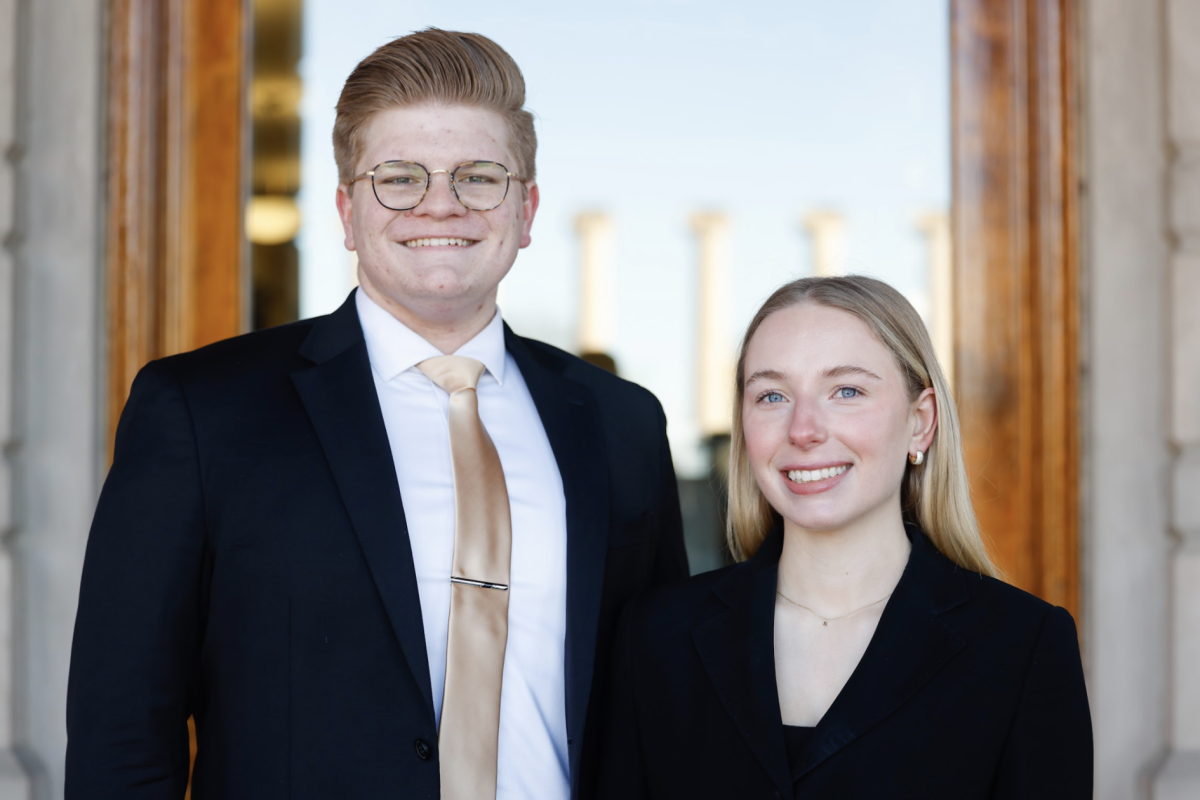The new three tier, flat-rate tuition model for full-time students was approved by the UM System Board of Curators last spring.
MU Finance Vice Chancellor Rhonda Gibler addressed student concerns revolving around the new model at the Missouri Students Association town hall Oct. 20.
The current tuition model includes 64 different supplemental fees depending on the courses students enroll in. The new model will require students to pay a flat-rate whether they take 12 or 18 credit hours. According to Gibler, charges will be rolled together into a three tier system based on the student’s major and its corresponding program costs.
According to a news release from the UM System Board of Curators, the new tuition model eliminates the financial incentive to take fewer than the 15 credit hours needed to graduate on time. Gibler said the new system will enhance support and help keep students on pace for graduation.
“The foremost thing that we wanted to accomplish through [a new tuition model] is to make sure that we understood how to support students in coming to the institution and being able to complete [on time],” Gibler said.
Seeking to clarify student benefit, Gibler said the new tuition model will be more predictable — facilitating retention and helping students financially prepare to attend MU.
The Division of Finance & Business Services, including Gibler, is responsible for balancing tuition fees and allocating money for the university. According to Gibler, the goal is to create a system that is efficient and effective to administer.
“We’ve been working really closely with the financial aid office … to understand what sorts of things we might change, not just about our tuition model, but everything about how we’ve supported students in the past,” Gibler said. “We listen not just to what’s needed in the classroom, but what other sorts of things do matter to the students at the university.”
The new tuition model will fund not just classes but other pre-existing services as well, including the Counseling Center and Learning Center. According to Gibler, this allows the new tuition model to focus on student experiences inside and outside the classroom.
“We’re a public institution, we don’t exist to generate a profit,” Gibler said. “We exist to deliver on the missions of the institution.”
Addressing the possibility that the flat-rate tuition model may be more expensive than the current per-credit-hour model, Gibler emphasized that with the new model, tuition rates will be more predictable.
“We’re in a period … right now where inflation is something that we haven’t seen at this level in a very long time,” Gibler said. “And so one of the things we, as an institution, have to do is be sensitive to deriving enough resources that we can still have the faculty and the facilities it takes to carry out the mission.”
When asked about potential increased academic burnout in relation to higher course load incentives, Gibler ensured “there’s nothing about the new plan that requires people to take a heavier course load. What we’re trying to move to is something that [has] predictability in the cost.”
The new tuition rates and tiers will be set in spring 2023 by the curators and will go into effect fall 2023.
“I’m always conscious of the fact that the resources we’re allocating are coming from students, families [and] taxpayers,” Gibler said. “So we’re very careful and thoughtful about how we allocate those out … We really believe that it’s to try and drive the very best total opportunity we can for students.”
Edited by Zoe Homan | [email protected]
Copy edited by Shirin Xavier and Julia Williams














